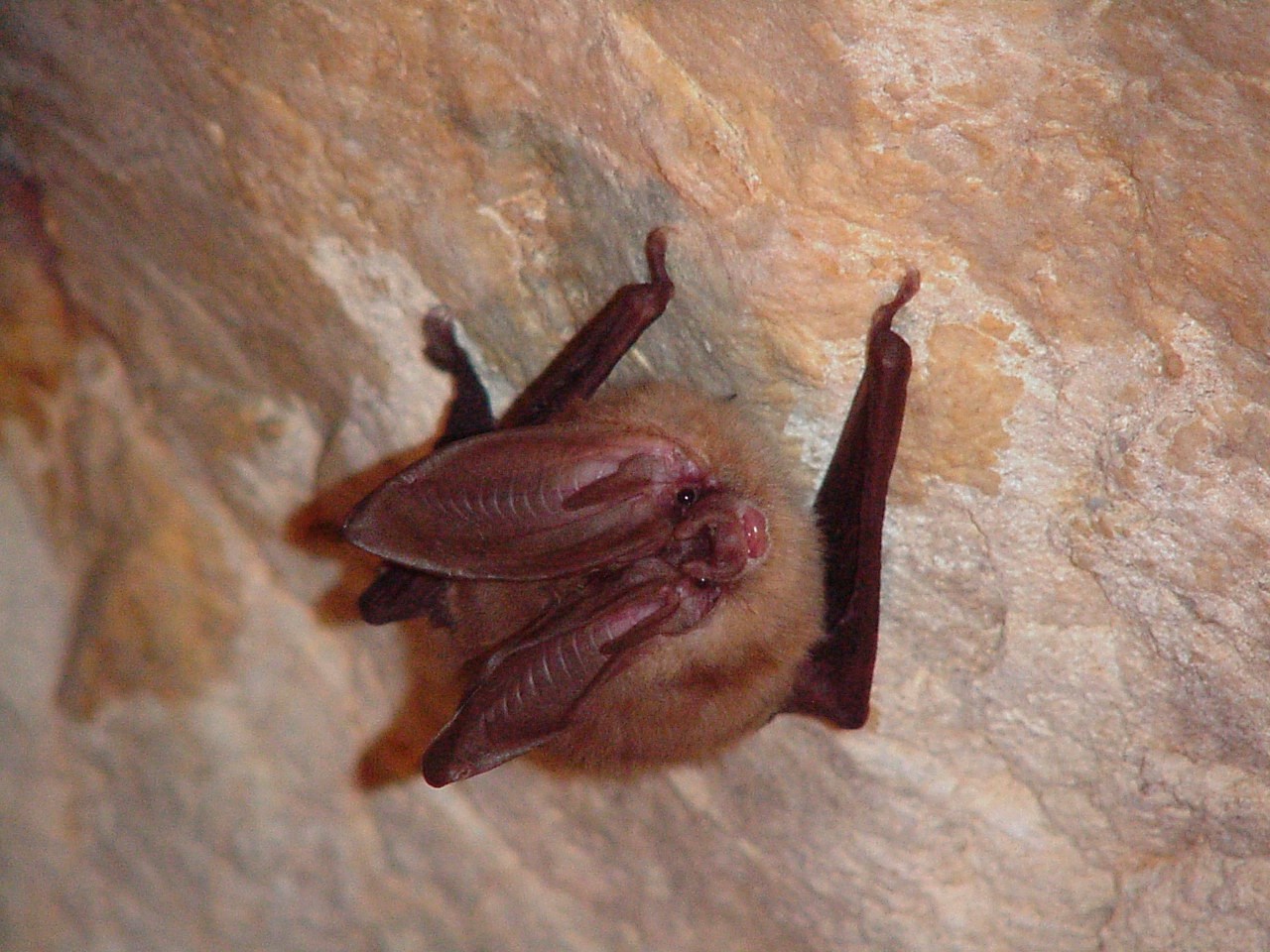Threats to Bats
Bats face a number of threats including climate change, habitat loss, and disease like white-nose syndrome (WNS). Changing climate conditions may increase the severity and frequency of extreme weather events, which in turn impact bats’ ability to fly, hunt, migrate, or hibernate safely. As global temperatures change, regions that formerly provided hospitable places for bats to undergo their winter hibernation may begin to shift.
Habitat loss, degradation, and fragmentation can occur as human expansion and development encroaches on bat habitat.
Diseases, like white-nose syndrome, has been blamed for millions of bat deaths worldwide. At some sites, fatality rates of up to 90-100% have been reported.
Learn more about threats to bats here:
Threats to Bats - Bats
White Nose Syndrome
Nationwide, concern about bats has grown due to White-Nose Syndrome (WNS), a disease caused by the dark- and damp-loving fungus Pseudogymnoascus destructans (Pd). Pd infection can be most readily observed by the fuzzy white growth this fungus causes on infected bats’ faces and wings, though in the early stages of infection, Pd cannot be detected through observation alone. WNS disrupts the hibernation cycle of affected bats, resulting in starvation, freezing, and death when bats come out of hibernation before normal life-sustaining environmental conditions are met.
WNS has been blamed for millions of bat deaths nationwide since its initial detection in New York State in 2006. Rapid westward spread of the disease has brought WNS uncomfortably close to home: in 2016 and 2017, WNS was reported in the neighboring states of Nebraska and Kansas. In 2020, cases were confirmed across Wyoming. In July 2022, the first confirmed case of WNS was reported in Southeastern Colorado; the Pd fungus has also been confirmed in Larimer County, where the north-eastern part of RMNP resides.
To learn more about White Nose Syndrome and how it is spread, visit https://www.whitenosesyndrome.org/where-is-wns

